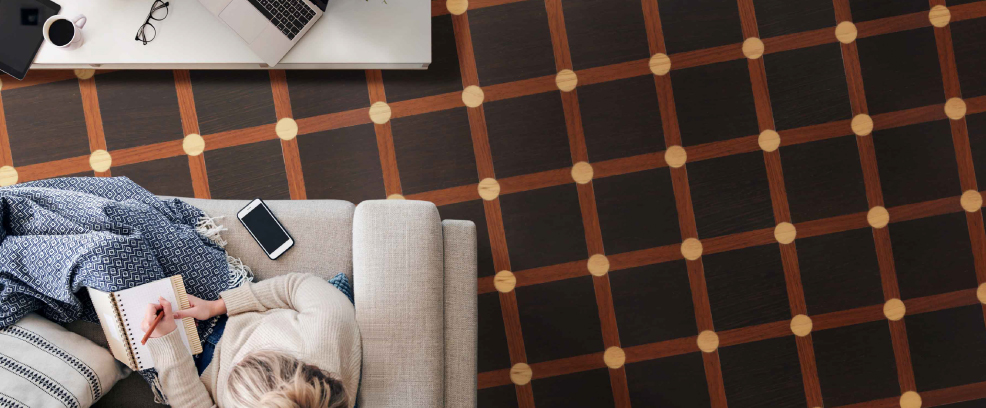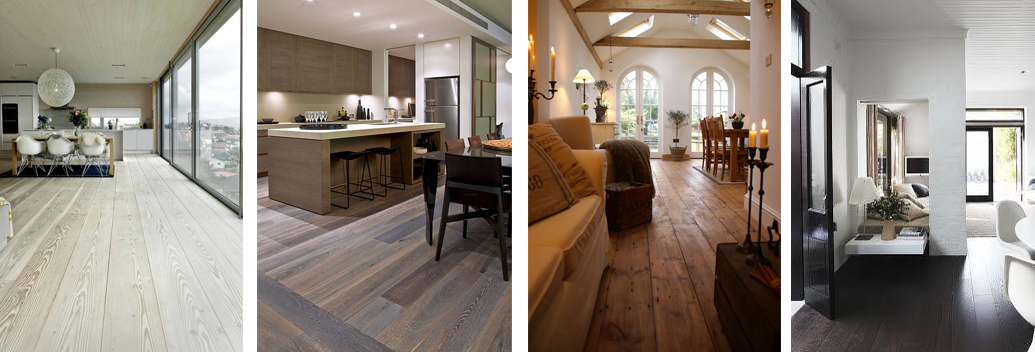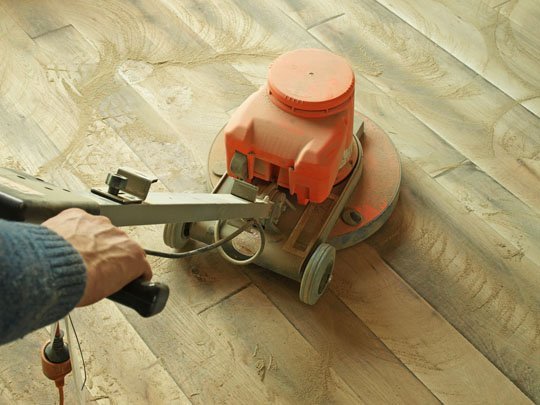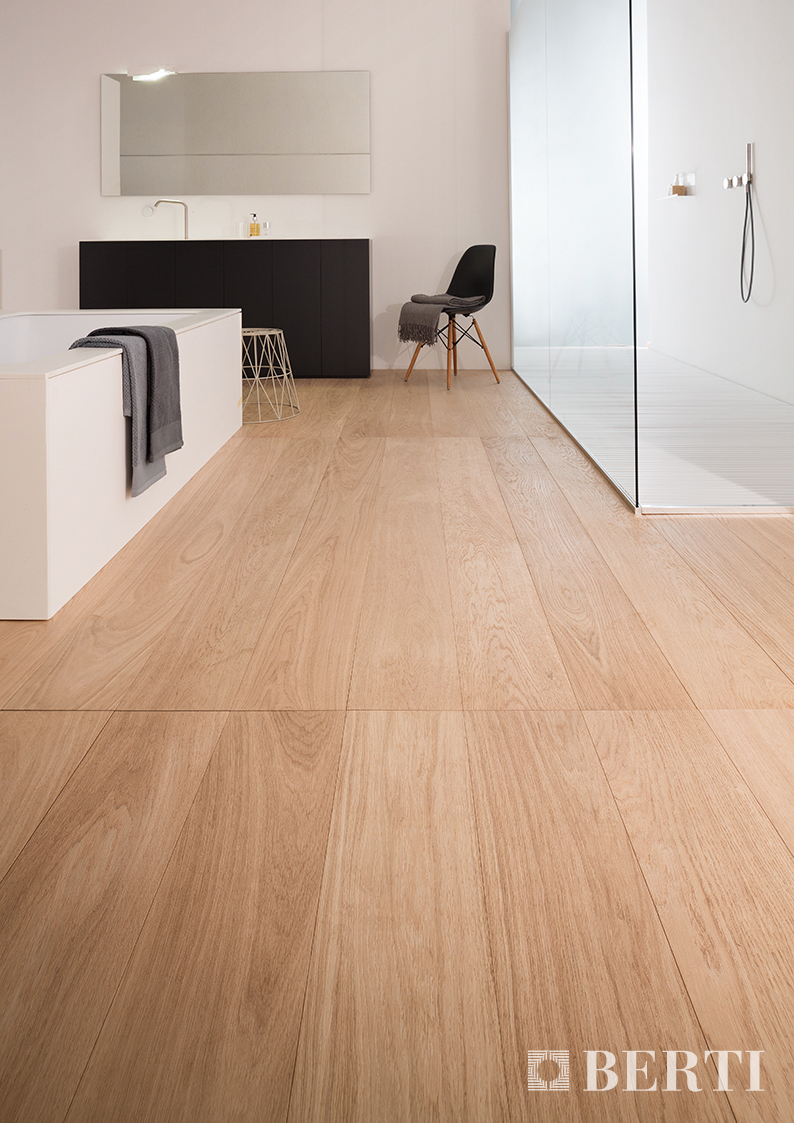The relationship with parquet is one of true love; here at Berti Parquet, where we have been producing and selling wooden floor coverings for more than forty years, we are well aware of this. And like all long-term relationships, this one involves doubts, questions and recommendations: Berti Tips, our regular feature on the parquet world, focuses this time on the polishing of parquet floors.
We all think we know what sanding is: it is a maintenance process carried out using sanding machines, which remove a few tenths of a millimetre from the surface layer of the pre-finished floor.
We can choose parquet floors for our homes with the greatest confidence: it is the only material that gives an immediate warm, welcoming impression. If anyone is reluctant to choose parquet because they are afraid that it is too delicate, they must bear in mind that modern production techniques provide a varnished parquet with a finish that can be considered more or less eternal. Berti parquets have a high-strength varnished finish, which makes the product particularly tough and hard-wearing.
However, even given this outstanding material, with the passing years scratches or marks may appear. In this case, the parquet can be maintained through sanding: this enables you to repair the parquet and restore the wooden floor covering to its original beauty.
DIY sanding is not a good idea: this procedure must be carried out by skilled staff using suitable professional equipment. Poorly executed sanding might put the parquet’s quality at risk and cause damage which cannot be put right later.
Let’s take a detailed look at the various phases required to repair the parquet and make it look as if no-one had ever walked on it. First of all, an in-depth initial inspection is required, with a detailed check on the condition of every centimetre of the parquet: this will bring to light any parts which are not firmly secured in place, so they can be fixed or replaced. Naturally, in this and all subsequent phases of the sanding operation, all the rooms involved must be emptied of all furniture or other obstacles.
Once the surface is perfectly secure and stable, the next phase is rough sanding: in this process, the entire surface undergoes initial levelling and smoothing with the aid of sanding machines. The machine will be passed over the whole room twice, the second time proceeding at right angles to the first pass. Sand parallel strips, starting from the middle of the room and working out to the edges.
After rough sanding with a roller or belt sander, the next step is the main sanding process in which the abrasive initially used is replaced with another with finer grain. This procedure is also performed twice in succession, to produce a perfectly smooth, flat surface.
The phase which follows is filling, in which all pores and cracks are systematically sealed and any flaws corrected with binder and powdered wood, with the aid of a spatula.
This is followed by final sanding, which must be carried out parallel to the grain of the wood with a very fine, sharp sandpaper, to create a clean, even surface.
Now thorough, in-depth cleaning with a professional vacuum cleaner is needed, and the parquet floor is finally ready for polishing, which will restore the surface finish the parquet had when purchased, using varnish, oil or wax.
This is a complex procedure, but it enables you to totally repair your parquet, and it can also be repeated over time: it depends on how many millimetres of the facing wood are removed in the sanding process. If sanding is carried out before the parquet is seriously worn or damaged, meaning before deep scratches appear, the process can be repeated as much as 3 or 4 times. In any case, a minimum amount of facing wood must always be left on the pre-finished parquet: a layer of at least 2.5 mm is required.
Print




